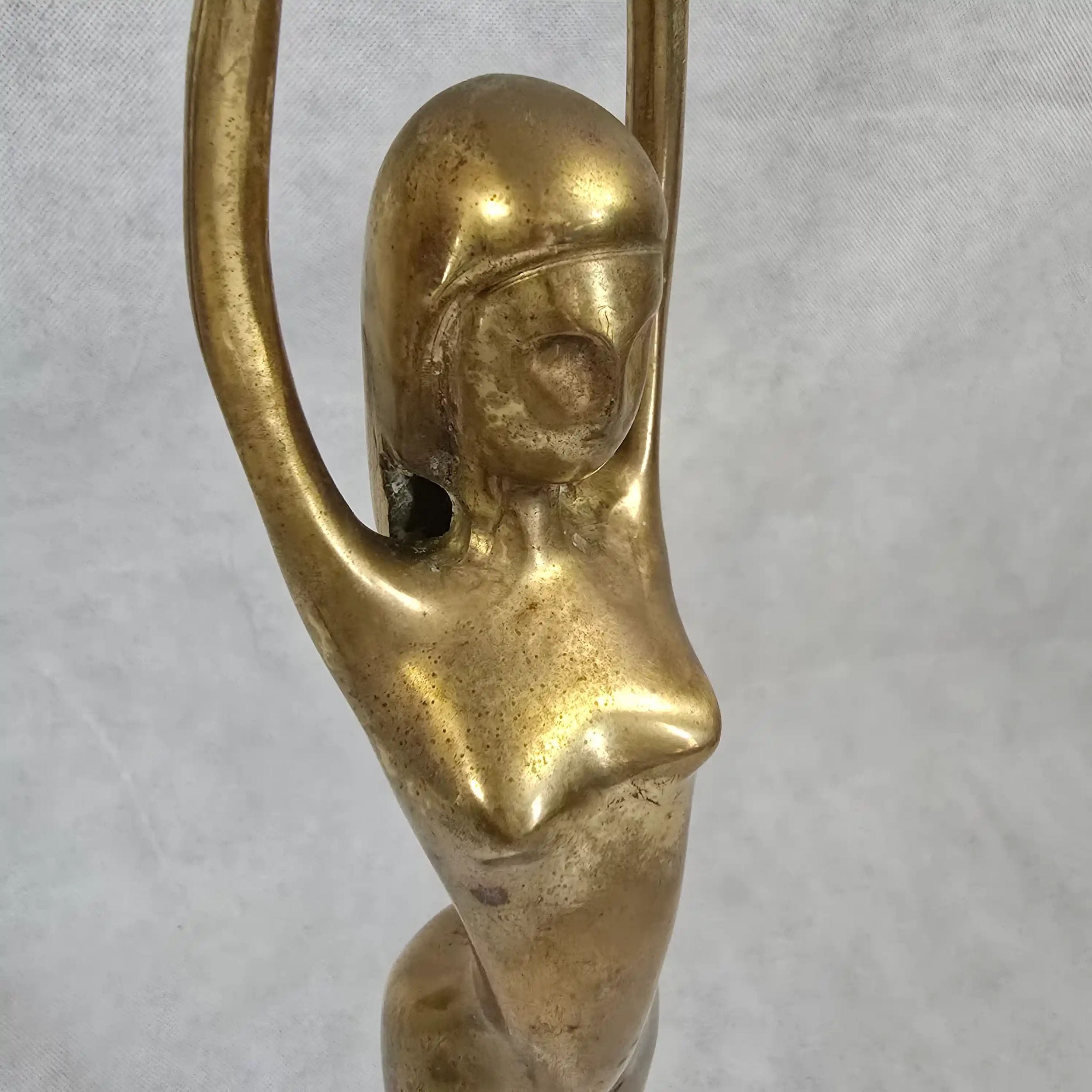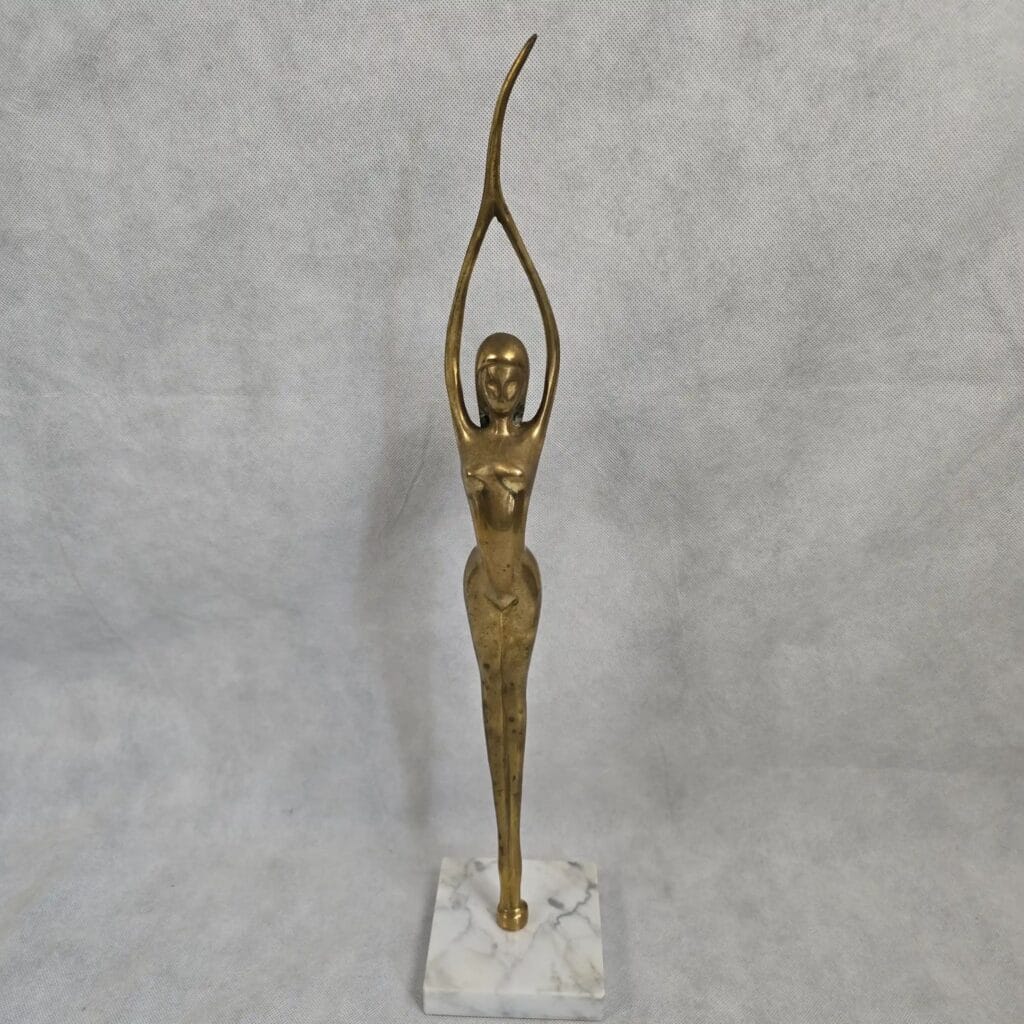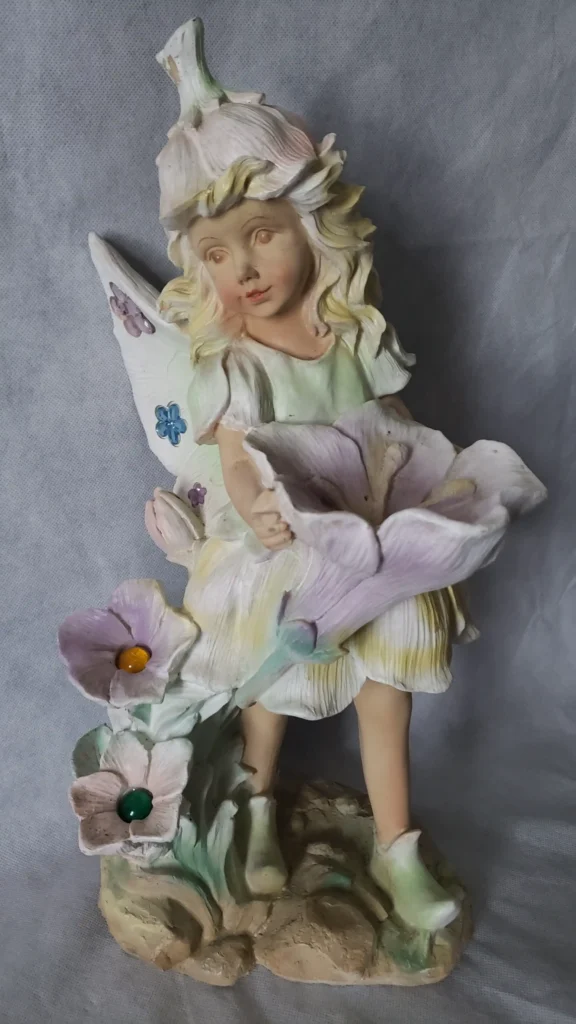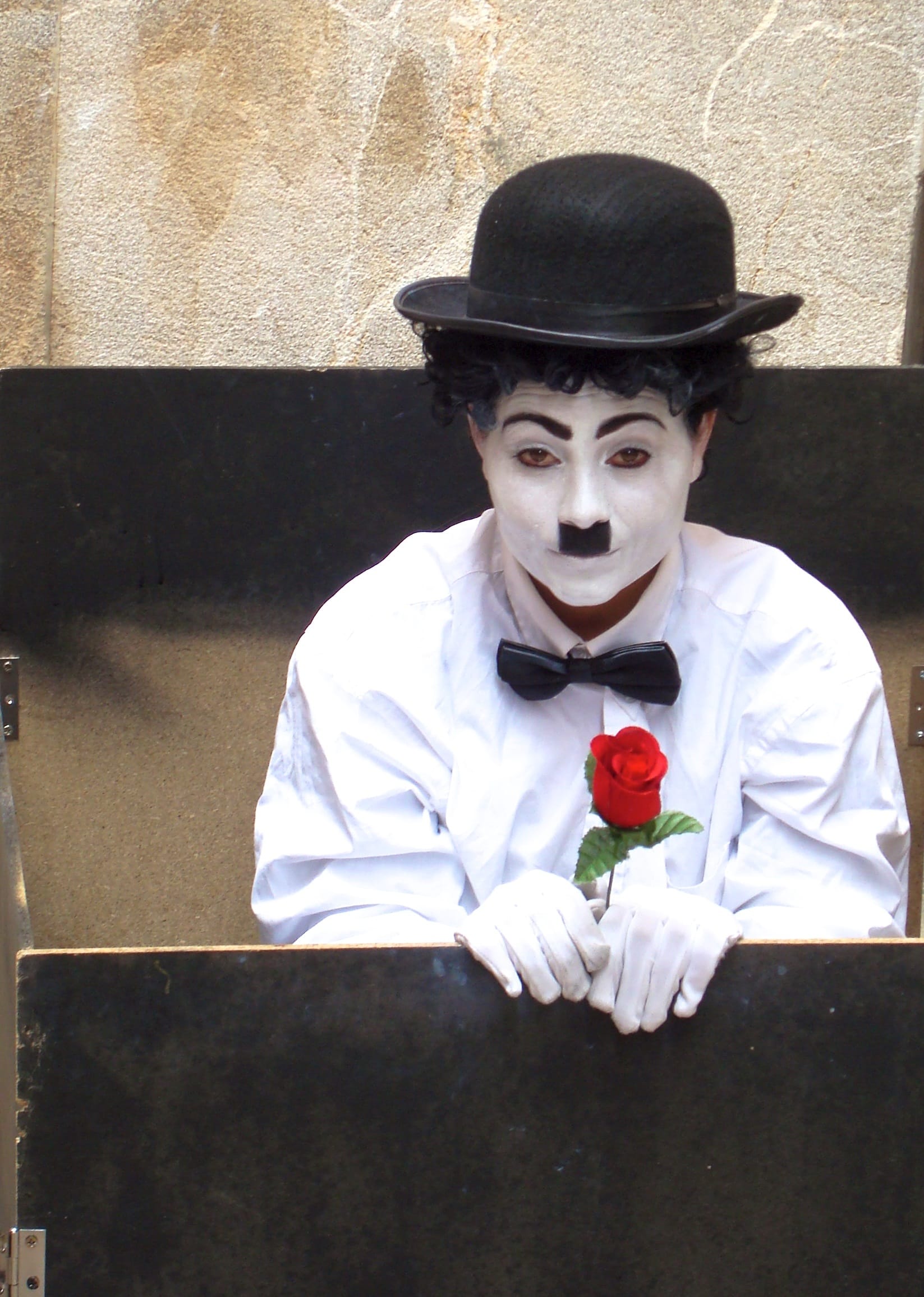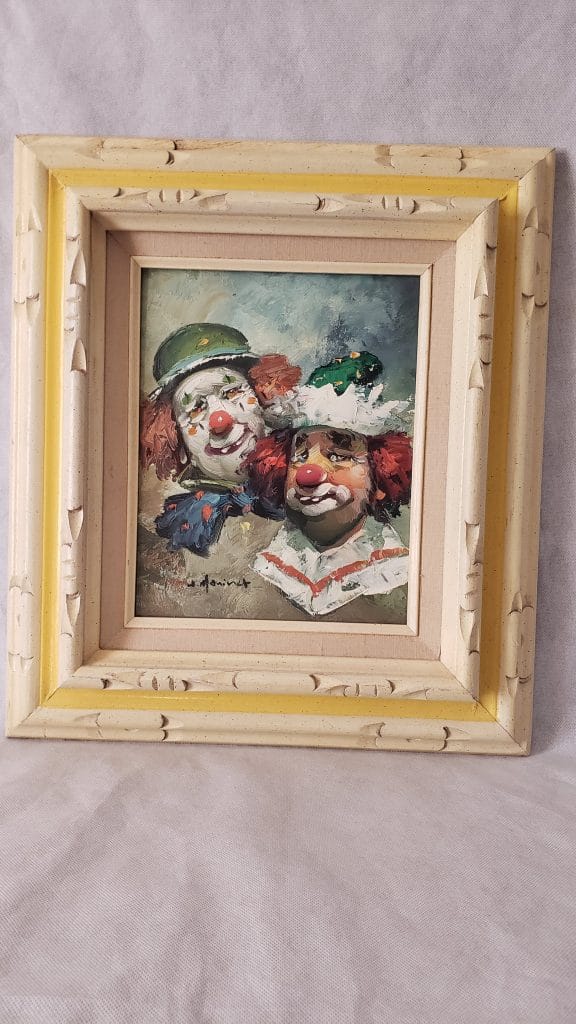
Happy Birthday, Charlie Chaplin [Sir Charles Spencer Chaplin (April 16, 1889 – December 25, 1977)]! He was a legendary silent film star, best known for his iconic Little Tramp character—a lovable vagrant with a bowler hat, cane, and a signature waddling walk. While Chaplin was never a traditional circus clown, his mastery of physical comedy and expressive storytelling made him one of the greatest clowns in cinematic history.
Chaplin’s Clowning Roots
Chaplin’s early career was deeply influenced by stage clowning. Before stepping into the world of film, he performed in vaudeville, where he honed his skills in slapstick humor, exaggerated gestures, and comedic timing. His ability to evoke laughter and sympathy simultaneously set him apart from other performers.
The Circus (1928): Chaplin as a Clown
One of Chaplin’s most notable films that directly connects him to clowning is The Circus (1928). In this film, his Little Tramp character accidentally becomes part of a struggling circus. The ringmaster hires him as a clown, but soon realizes that Chaplin is only funny when he isn’t trying to be. This ironic twist highlights Chaplin’s genius—his comedy was effortless, natural, and deeply human.
The Art of Silent Clowning
Chaplin’s approach to comedy was rooted in mime and physical expression, much like traditional clowns. He relied on exaggerated movements, facial expressions, and situational humor rather than dialogue. His films, such as Modern Times and City Lights, showcase his ability to turn everyday struggles into comedic masterpieces.
Chaplin’s Legacy in Clowning
Chaplin’s influence extends beyond cinema—his comedic style has inspired generations of clowns, comedians, and performers. His ability to blend humor with emotion set a new standard for storytelling. Even today, his work remains a testament to the power of silent comedy.
Chaplin may not have worn a red nose or oversized shoes, but his ability to make audiences laugh and cry simultaneously proves that he was, in every sense, a true clown of the silver screen.

William Moninet Vintage Clown Duo Art Original Framed Matted Signed Oil Painting
Impressionist William Moninet (1937-1999) Two ( 2 ) Clowns Vintage Art Original Artist Signed Oil Painting Matted and Framed
$29.00
